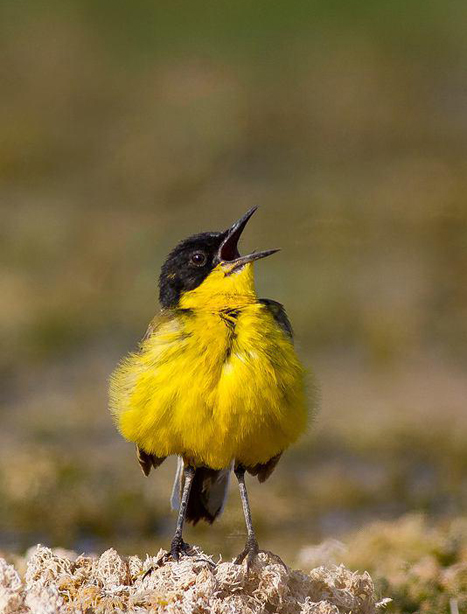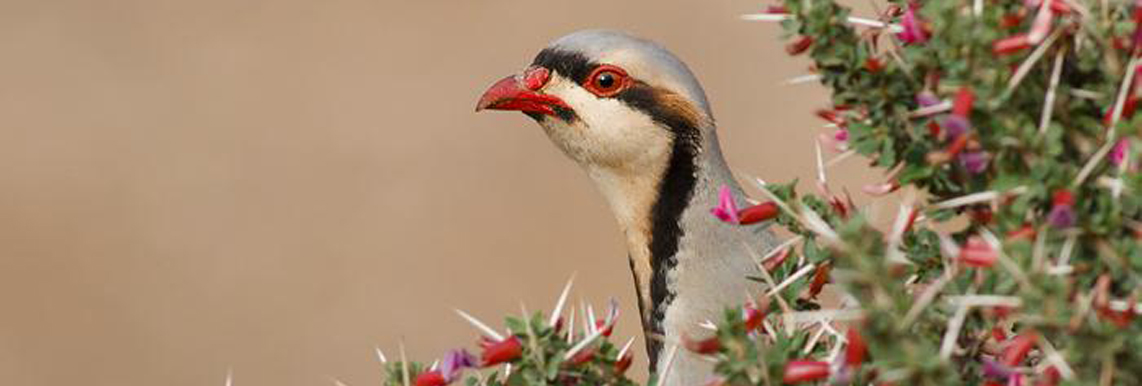
Bakhtegan protected complex consists of two separate areas that are known as Bakhtegan Wildlife Refuge and Bakhtegan National Park. This complex is located at the northwest of Neyriz County with the geographical location of between 54.12°, 53.15 ° E and 29.55°, 29.10° N. The distance between the northwest border of the area and Kherameh County is about 8 km. In addition, the areas of the Bakhtegan Wildlife Refuge and Bakhtegan National Park are 117,047 and 242,223 hectares, respectively.
Bakhtegan National Park, including Tashk Lake and Bakhtegan Lake along with its mountainous region at the borders, was placed under the management of the Department of Environment in 1968 as a protected area according to Act No.7 of Environmental High Council and an area of approximately 327,820 hectares was transformed into a wildlife refuge in following Act No.63, 1975. In 1975, pieces of Bakhtegan Marshland, Komjan, and Tashk , with an area of 108,000 hectares, were included in the Ramsar List (List of Wetlands of International Importance) and divided into two areas, named as Bakhtegan Wildlife Refuge and National Park according to Act No.142, 1995. Bakhtegan National Park consists of Tashk Lake, Bakhtegan, and Marshlands where drain pipes are entering into the mentioned lakes. These permanent lakes, in certain wet seasons, form a single lake. The freshwater of the lakes and springs debouches into the lake. However, the level of water salinity is increasing with the expansion of the lake toward the northeast to the east. Tashk and Bakhtegan marshlands are considered to be one of the largest lakes by discharge volume of water in the country (however, these marshlands have been drying out for years, consecutively, now and almost dried out completely). These two lakes are expanding during wet seasons and merging together. According to the Ramsar Convention statistics, the areas of both marshlands are announced to be 108,000 hectares. According to the studies, however, the areas of Bakhtegan and Tashk Lakes are calculated to be 85,000 and 41,000 hectares, respectively. However, the level of both lakes due to being seasonal will be minimal, reaching zero sometimes. On the other hand, the level of these lakes may reach 136,500 hectares during winter with heavy rainfall and the area of lakes are a function of yearly rainfall conditions. At the Tashk and Bakhtegan Lakes upstream, we have Kamjan marshland that is completely drained and it consists of vast water channels and vast wetlands. Bakhtegan Lake, Bakhtegan Lake, and Kamjan Marshland are joining together during wet seasons, covering a vast area of 338,000 hectares.
These marshlands are playing a vital role in preserving water for agricultural lands at the marshlands border and are considered to be one of the few wetlands in the world where freshwater is running in the winter at the east and saline water running in the summer at the west.
Having huge and small islands, these marshlands are considered to be one of the convenient places where birds can lay eggs and are known to be vital habitats for the birds by the "BirdLife International". Kor Lake, Sivand Lake, and three lines of drain pipes at the western part are the most important sources of their water supply. In addition to above mentioned, two springs are also the source of water supply for the lake and nearby marshlands, one is in the northwest of Tashk Lake called "Gamban" and the other in the southeast called "Sahlabad Hot Spring". However, the level of water is insignificant in comparison to the water level of Kor Lake, Sivand Lake, and drain pipes.
Right now, the lake water is supplied by Gamban spring, atmospheric precipitation, and seasonal floods and no water is entering the lakes in recent years due to water-limiting factors. During recent years, only contaminated waste water of upstream agriculture lands has entered into the mentioned lakes. On the other hand, the frost and heavy snowfall are occurring, rarely, in the area, and the annual mean rainfall is approximately 230 mm.
Tashk and Bakhtegan Lakes are considered to be the largest lakes by discharge volume of water in the country. However, there has been a decline in their area and volume due to the decreased flow of Kor Lake and consecutive drought years. This lake is considered as Iran 4th marshland and the 2nd biggest lake in the country.
Tashk and Bakhtegan marshlands are playing a crucial role, before drought occurrence, in preserving the genetic and ecological diversity of the country. For this reason, these two marshlands have been stated at the List of Wetlands of International Importance.
Management Program
An integrated ecological management program for International Bakhtegan Lake, Tashk Lake, and Kamjan Lake has been developed by the stakeholders and exploiters with the assistance and contribution of local authorities and shall be deemed possible by holding the necessary workshops and by necessary committees. Attendance of different classes, regularly and effectively, in the workshops is the main approach of the Twelve Principles. For this purpose, the identification, the workshop subject, and its purpose for the fruitful attendance, effectively and continuously, of exploiters, the members of Islamic Consultative Assembly, cultural and political commentators, those affected by the marshlands, NGOs, experts, and authorities from government agencies, and diplomats were stated and they were invited to attend to these workshops. The number of participants in the workshops has been 50 to 90 following the purpose of each workshop. For designating the stakeholders, the first workshop consisted of 90 individuals including Friday Prayer Imams, promoters of agricultural jihad, managers of organizations e.g., Ministry of Agriculture Jihad and water [and soil] deputy, non-governmental organizations in the field of agriculture & environment, and journalists along with the field visits to the catchment areas of target wetlands. In the next workshops, 60 participants were invited.
